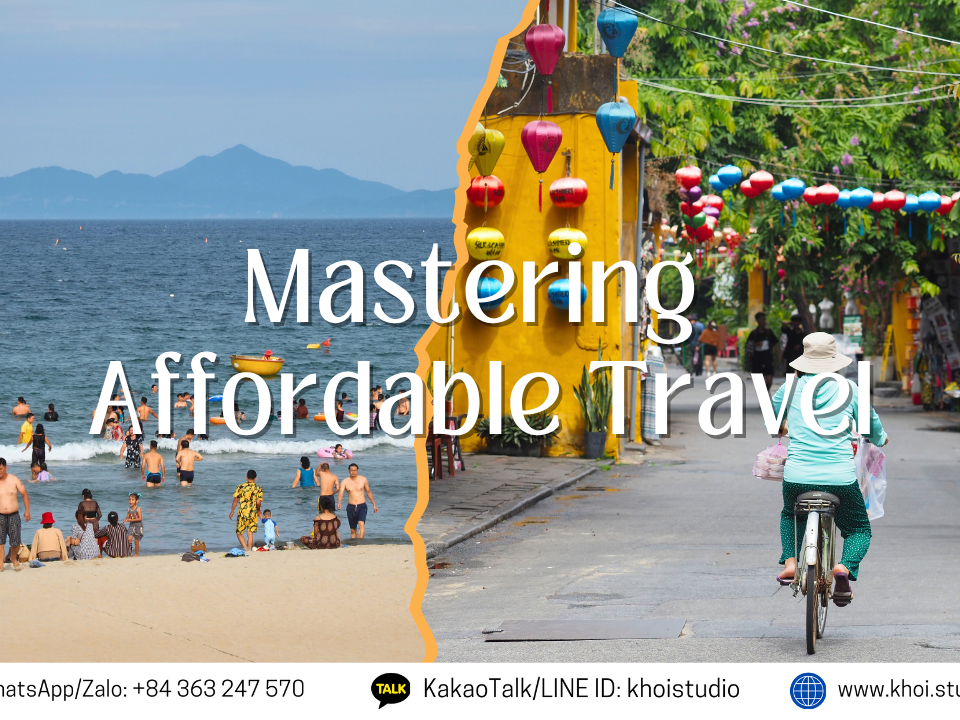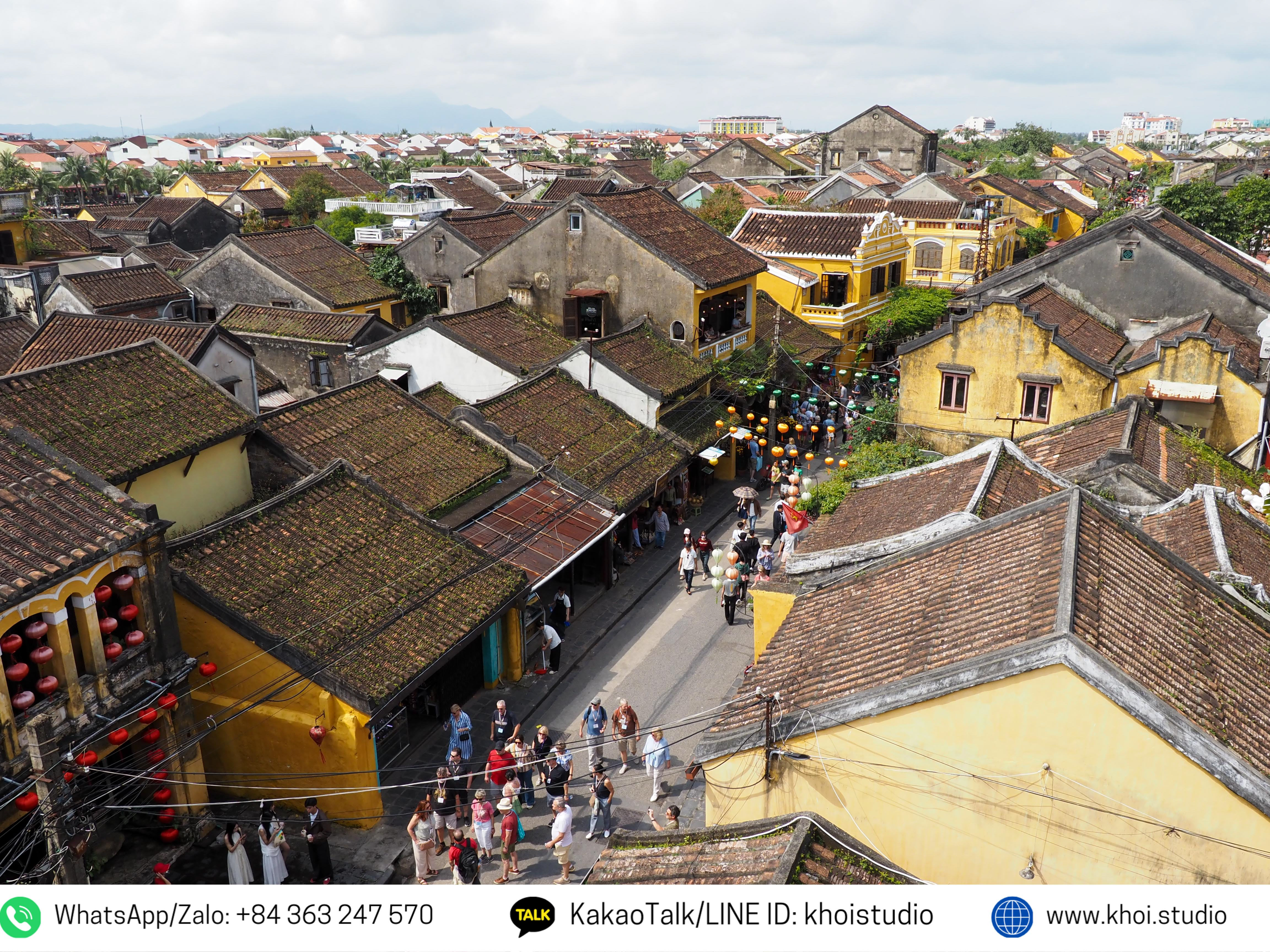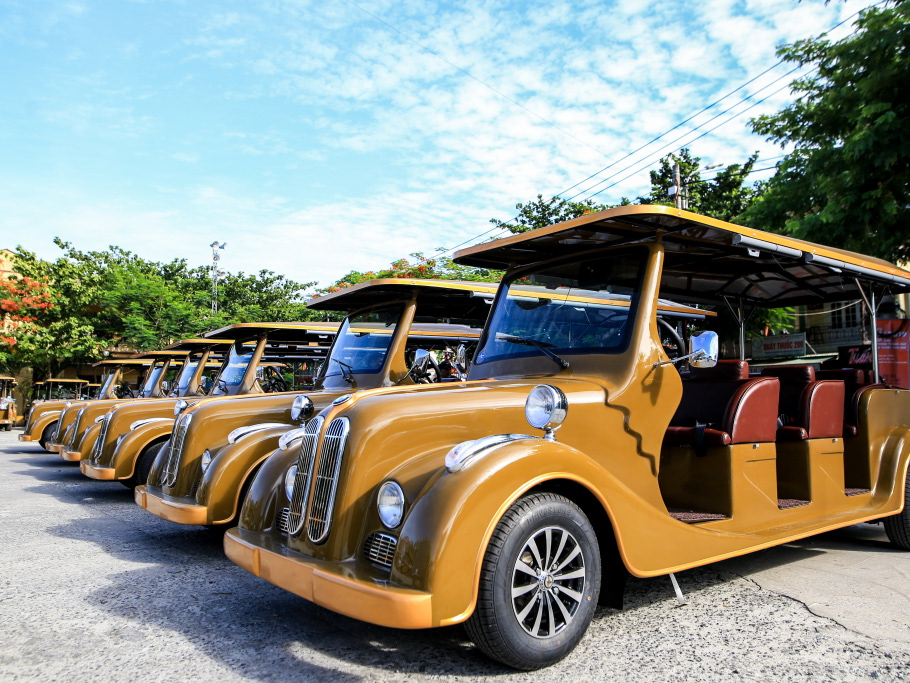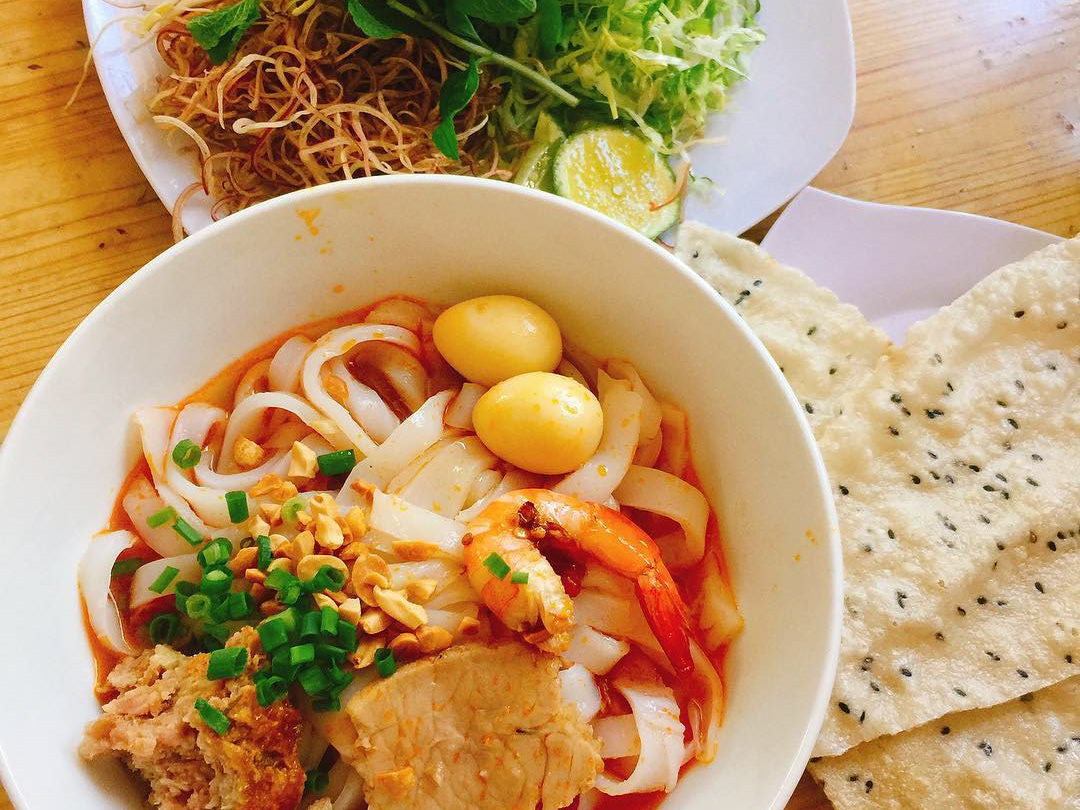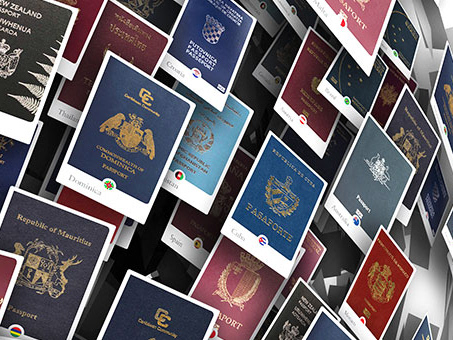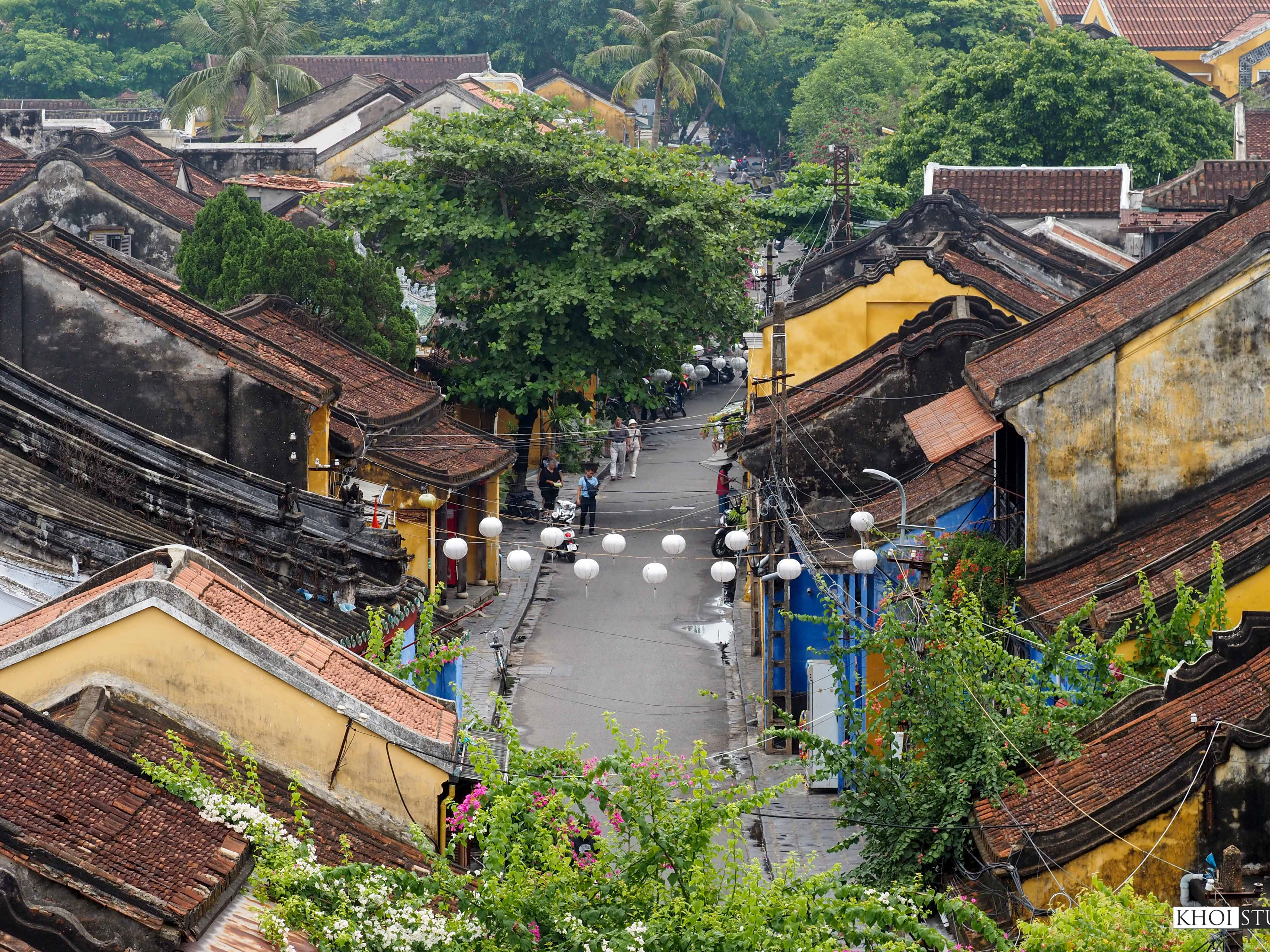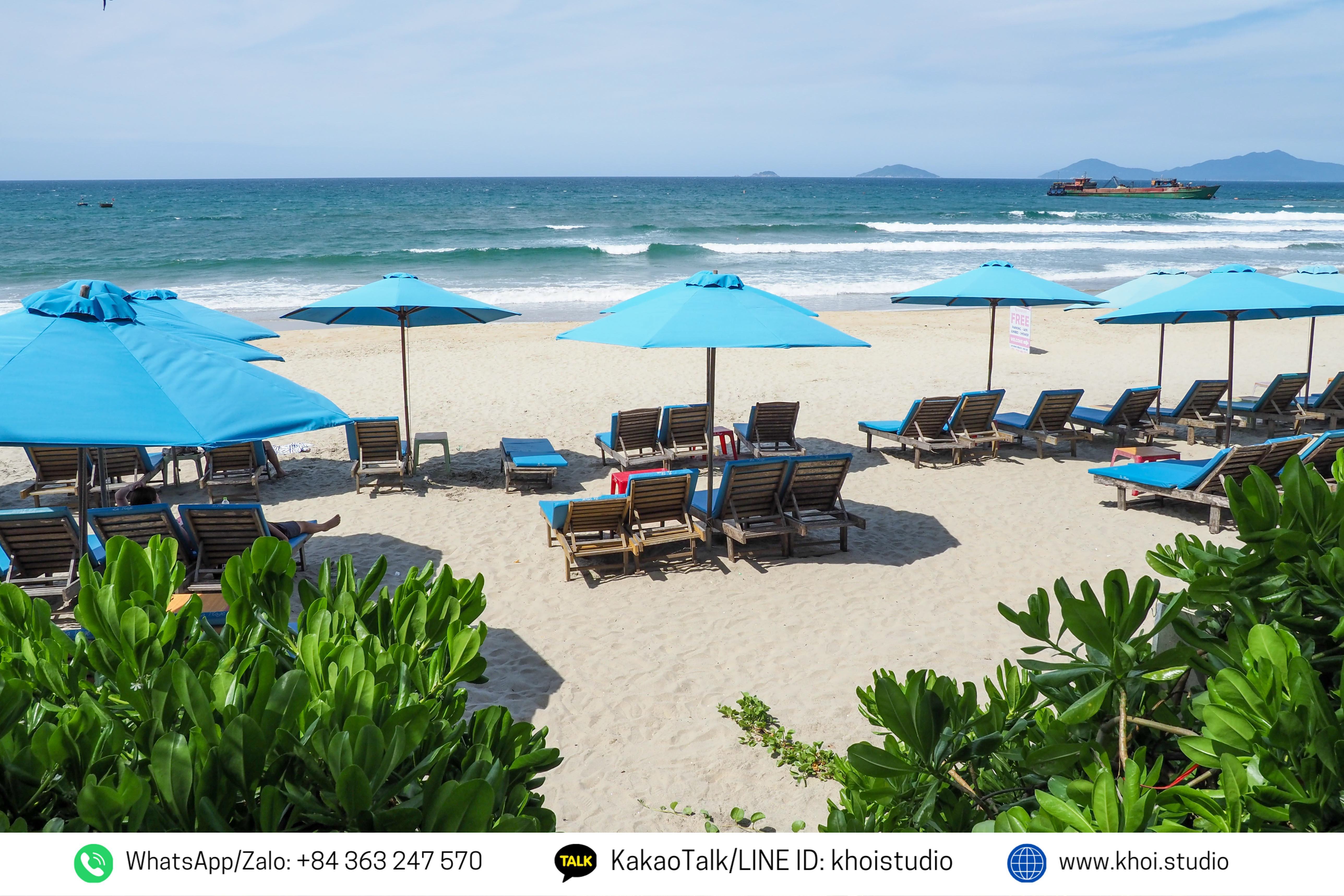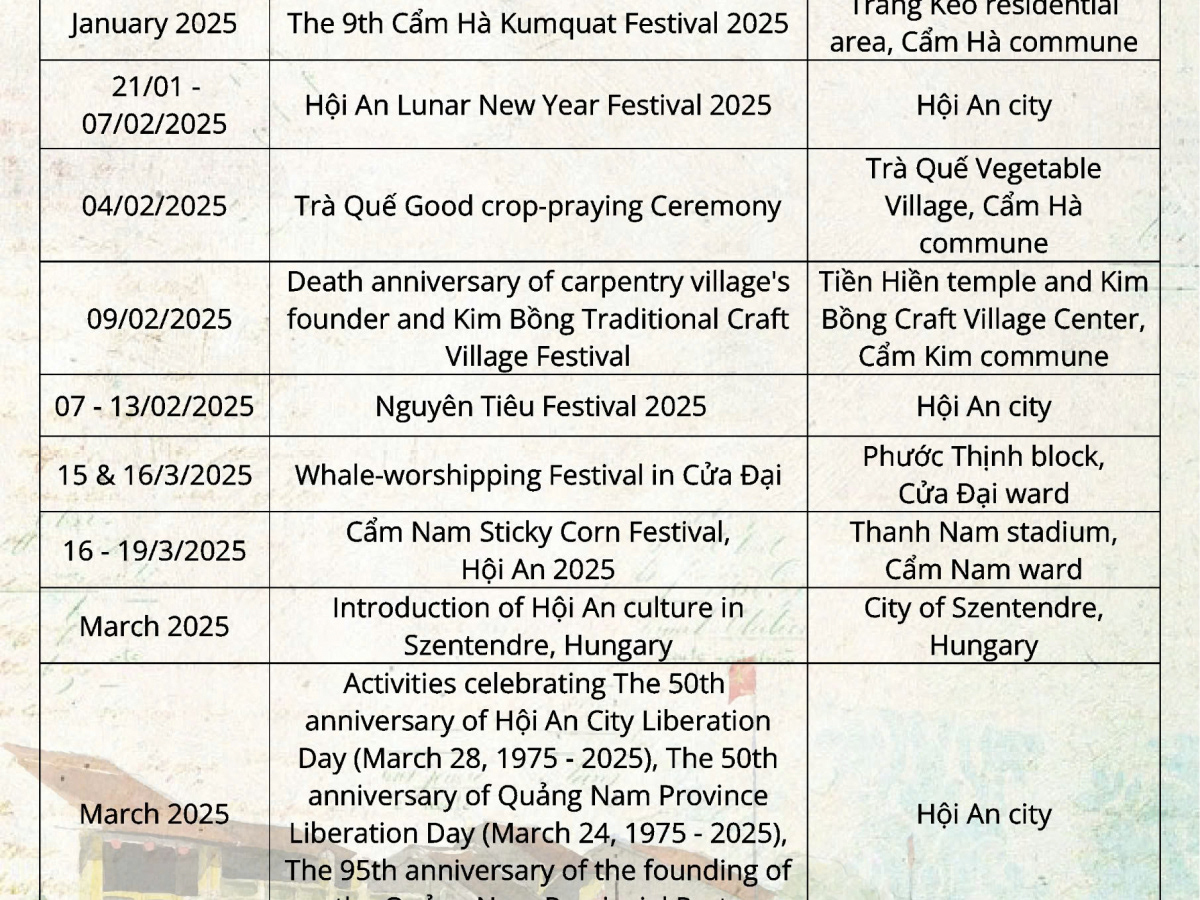How to exchange and use VND in Da Nang. Photo: Pexels.
As you prepare for your Vietnamese adventure, understanding the local currency and how to exchange your money is essential for a smooth and enjoyable trip. This guide will walk you through the ins and outs of currency exchange in Da Nang, and how to confidently recognize and use the Vietnamese Dong (VND).
1. Where to Exchange Your Money in Da Nang: Best Practices
When it comes to exchanging your foreign currency for Vietnamese Dong, you have several options in Da Nang. Each comes with its own set of advantages and considerations.
1.1 Gold Shops (Hiệu Vàng): The Local Choice for Good Rates
Often surprising to first-time visitors, gold and jewelry shops are widely considered the best places to exchange money in Vietnam, offering competitive, and often the best, exchange rates. These establishments are numerous in Da Nang, particularly in the city center. Look for signs advertising "Thu Đổi Ngoại Tệ." While the process is typically swift and straightforward, it's advisable to have a general idea of the current exchange rate beforehand to ensure a fair transaction.
1.2 Banks: The Secure and Official Option
For those who prioritize security, banks are a reliable choice for currency exchange. Major banks like Vietcombank, Agribank, and BIDV have branches throughout Da Nang. The process at a bank is more formal, requiring your passport for the transaction. While the rates might be slightly less favorable than at gold shops, the peace of mind can be worth it. Be mindful of banking hours, which are typically Monday to Friday, with a lunch break in between.
1.3 Airport Currency Exchange: Convenience at a Cost
Da Nang International Airport (DAD) has currency exchange counters in both the international and domestic terminals. While incredibly convenient upon arrival, the exchange rates offered at airports are generally less competitive than those you'll find in the city. It's recommended to exchange only a small amount here to cover your immediate expenses like a taxi or a quick meal, and then seek better rates elsewhere.
1.4 Using ATMs and Cards:
ATMs are widely available throughout Da Nang and accept most international cards (Visa, Mastercard, etc.). This is a convenient way to get local currency directly. However, be aware of potential fees from both your home bank and the local Vietnamese bank. It's wise to inform your bank of your travel plans to avoid any issues with your card. Also, note that most ATMs have a withdrawal limit per transaction.
1.5 A Word on Hotels and the "Black Market":
While many hotels offer currency exchange services, their rates are often not as favorable as banks or gold shops. It's best to use this as a last resort. You may also be approached by individuals offering to exchange money on the street; this is the "black market" and should be strictly avoided due to the high risk of scams and counterfeit currency.
2. Getting to Know the Vietnamese Dong (VND): Banknotes and How to Use Them
The official currency of Vietnam is the Dong (VND). Due to inflation, you'll be dealing with large denominations, which can be confusing at first. Coins are no longer in circulation, so you will only encounter banknotes.
3. Current Banknotes in Circulation:
Vietnamese banknotes are made of a durable polymer material, which gives them a distinct feel. Here are the denominations you'll be using:
500,000 VND: The largest denomination, it has a cyan/blue color. The back features a depiction of President Ho Chi Minh's birthplace in Kim Lien.
200,000 VND: This note is a reddish-brown color and showcases the iconic Ha Long Bay on the reverse.
100,000 VND: Predominantly green, the back of this note features the Temple of Literature (Văn Miếu) in Hanoi.
50,000 VND: A distinctive pink/purple note, it displays the historic city of Hue on the back.
20,000 VND: This blue note can sometimes be confused with the 500,000 VND note in poor lighting, so be cautious.19 The back features the Japanese Covered Bridge in Hoi An.
10,000 VND: A yellow/brown note, with the Bach Ho oil rig depicted on the reverse.
5,000 VND: A blue note made of older cotton paper, featuring the Tri An Hydroelectric Power Plant.
2,000 VND: A reddish cotton paper note, showing a textile factory.
1,000 VND: A brownish cotton paper note, with elephants in the Central Highlands on the back.
500 VND: The smallest and least common note, also made of cotton paper with a pinkish hue, featuring the port of Haiphong.
4. Key Security Features to Recognize Genuine Banknotes:
The polymer notes (10,000 VND and above) have several security features to help you identify them:
Transparent Window: Each polymer note has a small, clear window.
Hidden Image (Latent Image): When you tilt the banknote, a hidden image will appear in the transparent window.
Raised Print: You can feel a slightly raised texture on certain elements of the note, such as the portrait of Ho Chi Minh and the denomination numbers.
Microprinting: Extremely small text is integrated into the design, which is difficult to replicate.
5. Tips for Using Vietnamese Currency:
Count Your Zeros: The large number of zeros can be overwhelming. Take your time when paying to ensure you're handing over the correct amount. Some vendors may simplify prices by saying "50" for 50,000 VND.
Separate Your Bills: To avoid confusion, especially between the 20,000 and 500,000 VND notes, keep them in different compartments of your wallet.
Break Large Notes: Smaller vendors and street food stalls may have difficulty making change for a 500,000 VND note. Try to break larger bills at convenience stores or larger restaurants.
Bargaining: In markets and with some street vendors, bargaining is common practice. Having smaller denominations can be advantageous in these situations.
Check Your Change: Always count your change carefully after a transaction.
6. Current Exchange Rates (as of August 8, 2025)
Exchange rates are subject to fluctuation. It's always a good idea to check the latest rates before your trip and when exchanging money. Here are some approximate rates for major currencies against the Vietnamese Dong (VND) for your reference:
1 US Dollar (USD) ≈ 25,500 - 26,000 VND
1 Euro (EUR) ≈ 27,500 - 28,000 VND
1 British Pound (GBP) ≈ 32,000 - 32,500 VND
1 Japanese Yen (JPY) ≈ 175 - 180 VND
1 South Korean Won (KRW) ≈ 18 - 20 VND
You can find up-to-the-minute rates on various financial websites or by checking the posted rates at banks and official exchange counters in Da Nang.
By following these guidelines, you'll be well-equipped to handle your finances in Da Nang, allowing you to focus on soaking in the city's beautiful beaches, delicious cuisine, and rich culture. Enjoy your trip!



